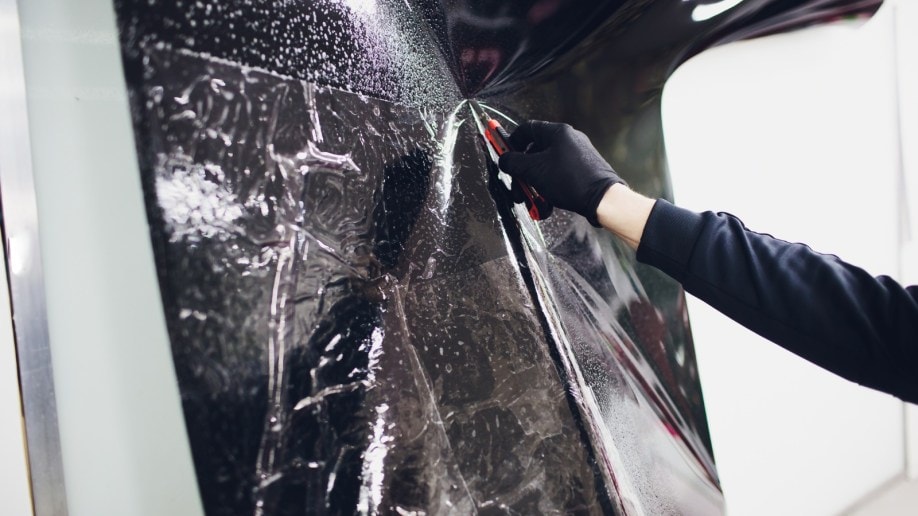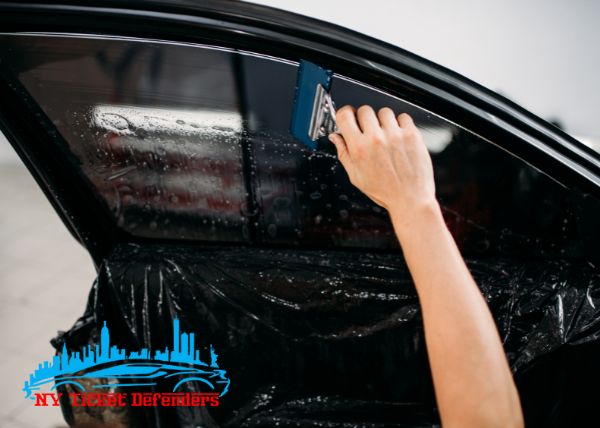Top-Rated Automobile Window Tinting Services in Your Area
Top-Rated Automobile Window Tinting Services in Your Area
Blog Article
Home Window Tinting Rules and Standards: What You Need to Know Before Tinting Your Cars And Truck
Before proceeding with home window tinting for your lorry, it is essential to acquaint yourself with the varied laws and guidelines that control this practice across different states. These regulations dictate the permitted degrees of tint darkness, frequently gauged by noticeable light transmission (VLT) percents, and consist of particular specifications for front windscreens aimed at ensuring road safety and security.
Summary of Window Tinting Rules
Home window tinting regulations are frequently subject to variation throughout different jurisdictions, mirroring neighborhood regulations and safety and security considerations. These regulations determine the permissible degrees of color darkness and reflectiveness on car home windows, making certain that vehicle drivers keep ample presence while additionally securing against damaging UV rays and heat.
The majority of policies classify window tinting based upon the Visible Light Transmission (VLT) percentage, which shows the quantity of light that can travel through the window. Usually, reduced VLT percentages symbolize darker tints. Regulations frequently set apart between the front, side, and back home windows, with more stringent constraints related to the front windshield to improve safety for both the motorist and other road individuals.
Conformity with home window tinting guidelines is important, as infractions can result in penalties, obligatory elimination of the color, and possible boosts in insurance costs. It is crucial for vehicle proprietors to familiarize themselves with regional laws before continuing with window tinting setups.
State-by-State Tint Regulations
Comprehending the certain home window tinting regulations in each state is vital for car proprietors seeking to abide by the legislation. Each state in the united state has established its own collection of guidelines regulating window tinting, which can differ significantly. These regulations often dictate the allowable levels of color darkness, the kinds of windows that can be tinted, and any kind of medical exemptions that may use.
For example, states like The golden state have rigid limitations on tint darkness for front windows, while others, such as New Mexico, might permit darker colors. Additionally, certain states mandate certain exposure portions for different windows, consisting of the windshield, front side home windows, and rear home windows. It is critical for cars and truck proprietors to familiarize themselves with their state's legislations to prevent possible fines or fines.
Additionally, some states may need a certification sticker label to be positioned on colored windows, indicating conformity with state laws. Failure to abide by these laws not just runs the risk of lawful effects but can likewise impact security and presence while driving. Vehicle proprietors should perform complete research or seek advice from regional authorities to guarantee full understanding and compliance with state-by-state tint laws.
Allowed Color Types and degrees
Numerous car proprietors may be stunned to learn that permitted color degrees and types vary widely across various states. Each state has established its very own regulations pertaining to the permitted darkness and reflectivity of home window color, typically measured by Visible Light Transmission (VLT) percents. VLT describes the quantity of light that can travel through the tinted home windows; thus, a lower portion suggests a darker color.

Furthermore, the kinds of tint materials permitted can differ, with some states prohibiting mirror-like or metal finishes. It is crucial for car proprietors to familiarize themselves with their state's certain regulations to ensure compliance. Non-compliance can his comment is here cause penalties, required removal of the tint, or various other lawful consequences, making it imperative to comprehend these regulations prior to waging installation.
Medical Exceptions for Tinting
While not all states provide allocations for medical exceptions pertaining to window tinting, those that do recognize the requirement for details people to enhance visibility and comfort because of clinical conditions. Various clinical conditions, such as lupus, skin cancer cells, and certain eye disorders, can make individuals particularly sensitive to sunshine. These people might need darker tints to secure themselves from hazardous UV rays and glow.

It is very important to note that despite a clinical exemption, there may still be limitations on the degree of tint enabled. Conformity with state laws ensures that individuals are both secured and within lawful limitations. Those considering clinical exemptions must call their regional Department of Motor Autos or equal authority to comprehend the needs and my review here procedures needed to obtain an exception successfully.
Charges for Non-Compliance
Failing to abide by home window tinting regulations can result in considerable fines, which vary by state. Police are equipped to provide citations for automobiles that do not comply with the specified tinting guidelines. These penalties generally include fines, which can range from modest quantities to several hundred bucks, depending upon the extent of the violation and the state concerned.
In some territories, repeated offenses might cause rising fines or extra charges, such as required court appearances. Non-compliance might necessitate the removal of unlawful tinting, usually at the proprietor's expense. In severe instances, regular wrongdoers might encounter suspension of their vehicle registration till compliance is accomplished.
Additionally, insurance implications may arise from obtaining numerous citations for window color infractions. Insurance firms may watch such infractions as an indication of riskier actions, potentially bring about raised premiums or difficulty in coverage.
To avoid these penalties, it is vital for lorry owners to familiarize themselves with their local window tinting regulations and make sure that their vehicle complies (Window Tinting). This proactive method not just prevents lawful ramifications but likewise promotes road safety and security
Verdict

Many regulations identify home window tinting based on the Visible Light Transmission (VLT) percent, which shows the amount of light that can pass with the home window. Compliance with window tinting laws is important, as violations can result in fines, obligatory removal of the color, and prospective rises in insurance coverage costs.Recognizing the specific home window tinting regulations in each state is important for car proprietors seeking to comply with the law. These guidelines usually determine the allowable degrees of tint darkness, the kinds of home windows that can be tinted, and any type of medical exceptions that might apply.
For circumstances, states like California have rigid constraints on color darkness for front windows, while others, such as New Mexico, might allow darker tints.
Report this page